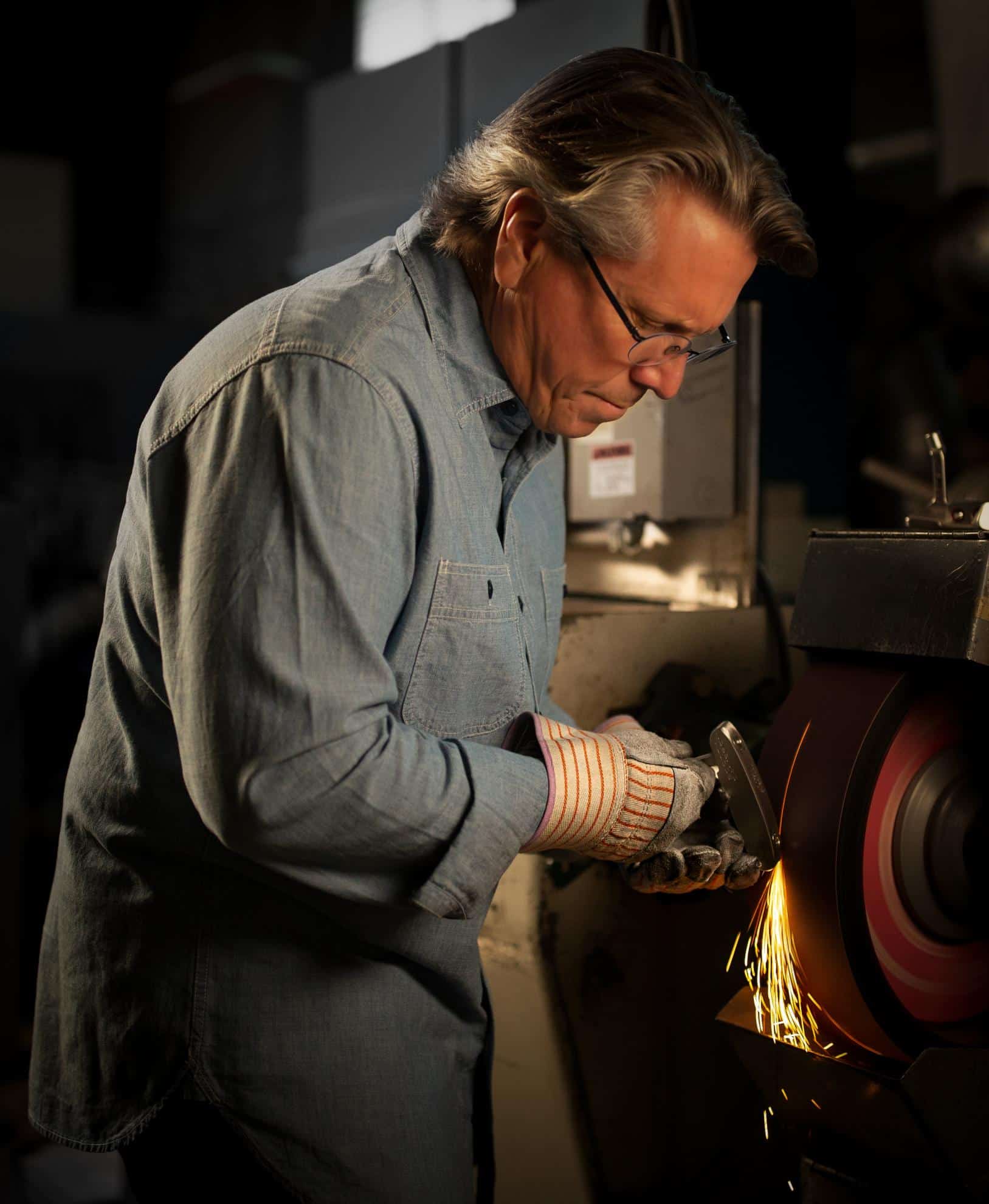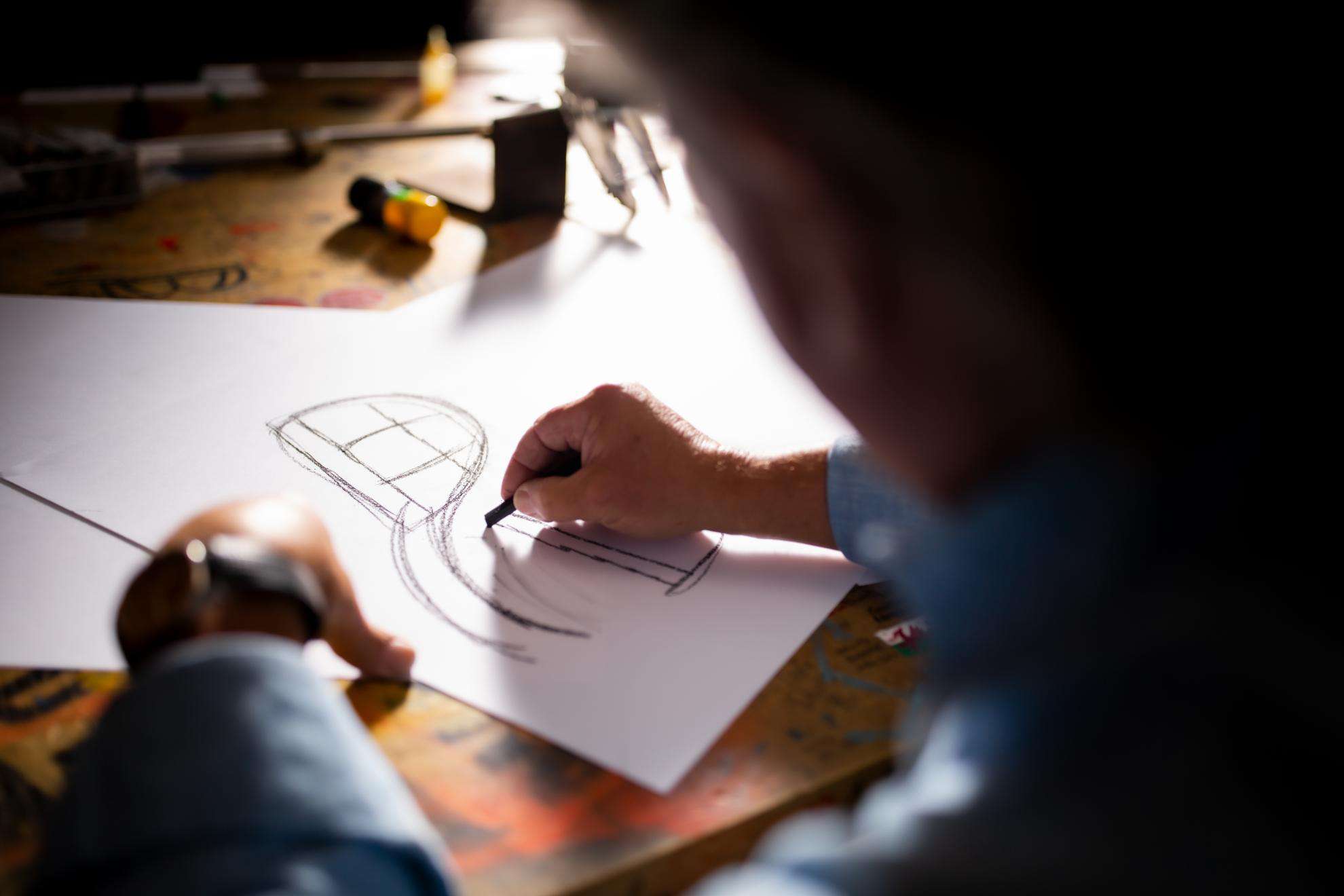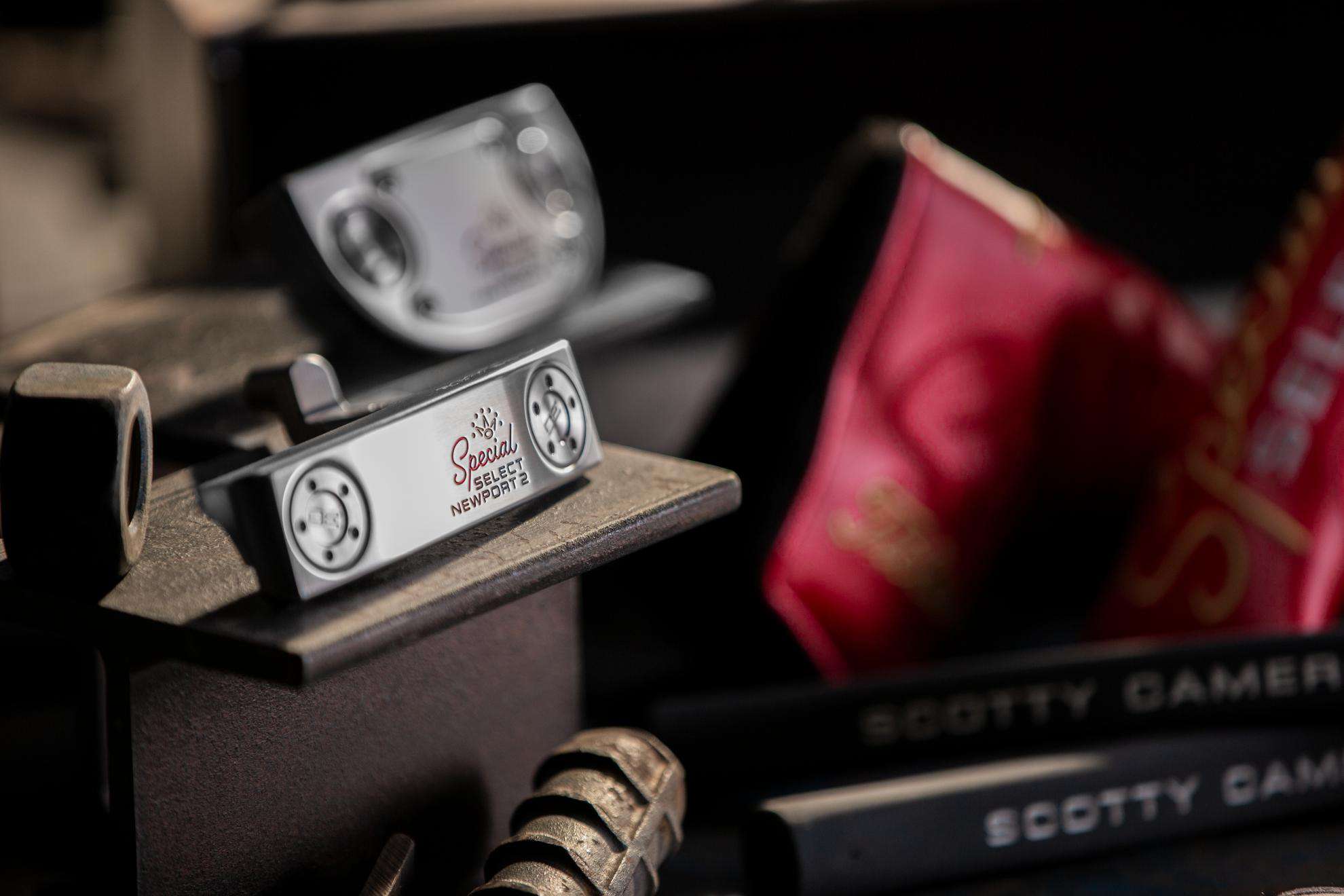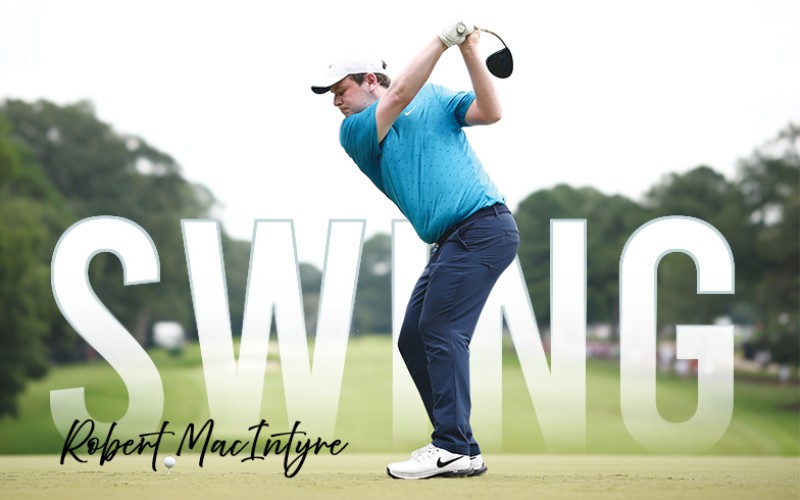From drawing up his own putter in the 1980s and standing on PGA Tour practice greens trying to get his foot in the door with the players – to having his putters helping to win more than 30 Majors and the most established name in the business!
Think of a putter manufacturer, and chances are the name ‘Scotty Cameron’ will be one of the first that comes to mind. But how an innocuous name came to be synonymous with the most-used club in the golf bag harks back to his very humble beginnings in California.
Scotty’s journey began with his father, a two-handicapper, who introduced him to the game as a youngster. Together, when they weren’t out on the course, they would experiment in his father’s garage and tinker with clubs – shaping heads, making new grips and generally seeing what they could do to make the game easier and more enjoyable through changes to their equipment.
When it came to the putter, they both agreed that the finished article should look like it ‘melts into the ground’ and that it should appeal emotionally as well as physically. That approach still applies today from Scotty’s putting studio, situated close to home in southern California.
Technology and experience

“I’m in the garage and my workshop every day,” says Cameron, “Now with the technology and the work systems that we have, and the milling machines and all the hi-tech stuff, we can use both the old tech that has gone before – and we know that works – and add in some of the new technology to try and constantly improve our products.
“We’re taking putter design to the next level with these technologies. There’s also improved man-power that goes into it, with better engineers.
“The knack is how to get it out of my head and onto paper and then work with it in design engineering, tooling and manufacturing. It’s a grind to get to the finished product, but every time we do a project we learn something that we take into the next.”
Early days

Back in the 1980s, as Scotty started to take putter design seriously, he was drawing up putter blueprints for the Ray Cook Golf Company, Maxfli, Cleveland Classics, Founders Golf and Mizuno before eventually going it alone with his wife, Kathy, to start Cameron Golf International (CGI).
Back then CGI’s mandate was to design and produce the best putters for the elite players in the world. This meant taking the risk of going to PGA Tour events and convincing players to put them to the test on arguably the biggest and most pressure-packed stage in golf, where results for players are the difference between having a career and not.
Their efforts paid off in 1993 when Bernhard Langer – whose career was beset by ongoing various struggles with the flatstick in hand – won his second Major title at The Masters using one of Scotty’s putters. It was a turning point for the company and a moment that would change Scotty and Kathy’s lives.
Interest gathered pace in Scotty’s creations and by 1994 CGI became partners with Acushnet – owners of Titleist after an introduction between CEO Wally Uihlein and Scotty at that year’s Players Championship. Since then, Cameron’s putters have grown and the name ‘Scotty Cameron’ has earned its status as one of the most trusted in the golf equipment industry and his creations are the tools of choice for many of the game’s top touring professionals, with over 30 Major victories and counting. “I’ve been doing this for more than 30 years, and every Monday I wake up and I’m still thrilled to go to work,” said Cameron. “I was a young kid and my dad showed me the ropes. He put me in the garage with the right set of tools, gave me some guidance and a little push and here I am…”

Scotty continues to work diligently on new ways to improve his putters, and with the use of state-of-the-art diagnostic tools he is able to continually experiment with new designs and materials in order to introduce putters that perform at the game’s elite levels. But is there a limit to how far putters can develop?
“At the moment, the only problem with how far we can push putter design is the expense to do so,” he said. “For example, with our gallery in Encinitas, just north of San Diego, I can create putters that will blow you away – but it’s expensive to use those key materials. So when I do that, I put them up for sale in our Gallery and they do end up being bought, but in terms of what I can do for the masses – I’m governed by the expense of the materials.
“When I do it for the Gallery and dream big and produce a putter like that it helps me learn ways of how to do it in a more cost-effective manner and keep the mass-produced products in line with our retail price range.”












